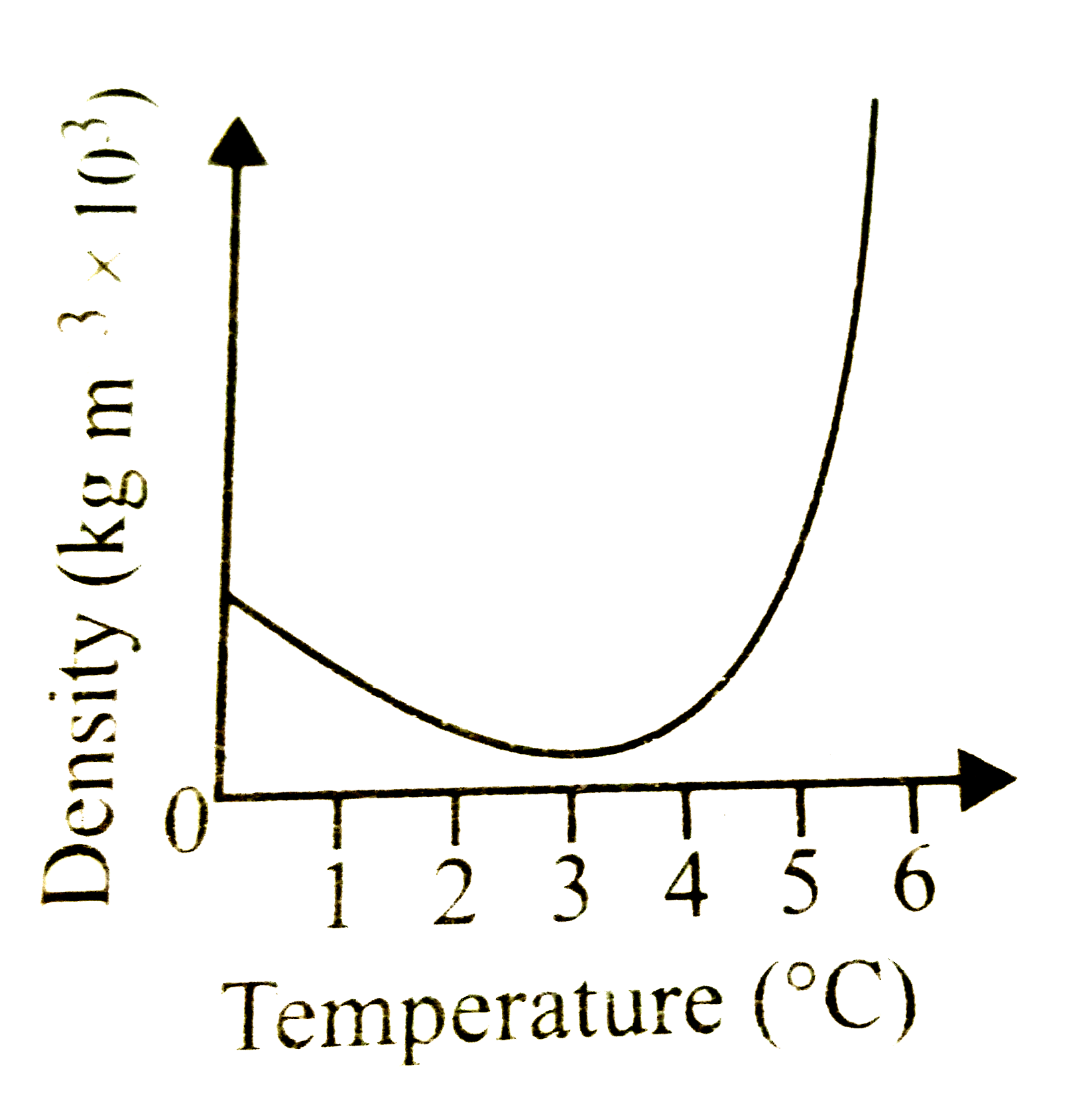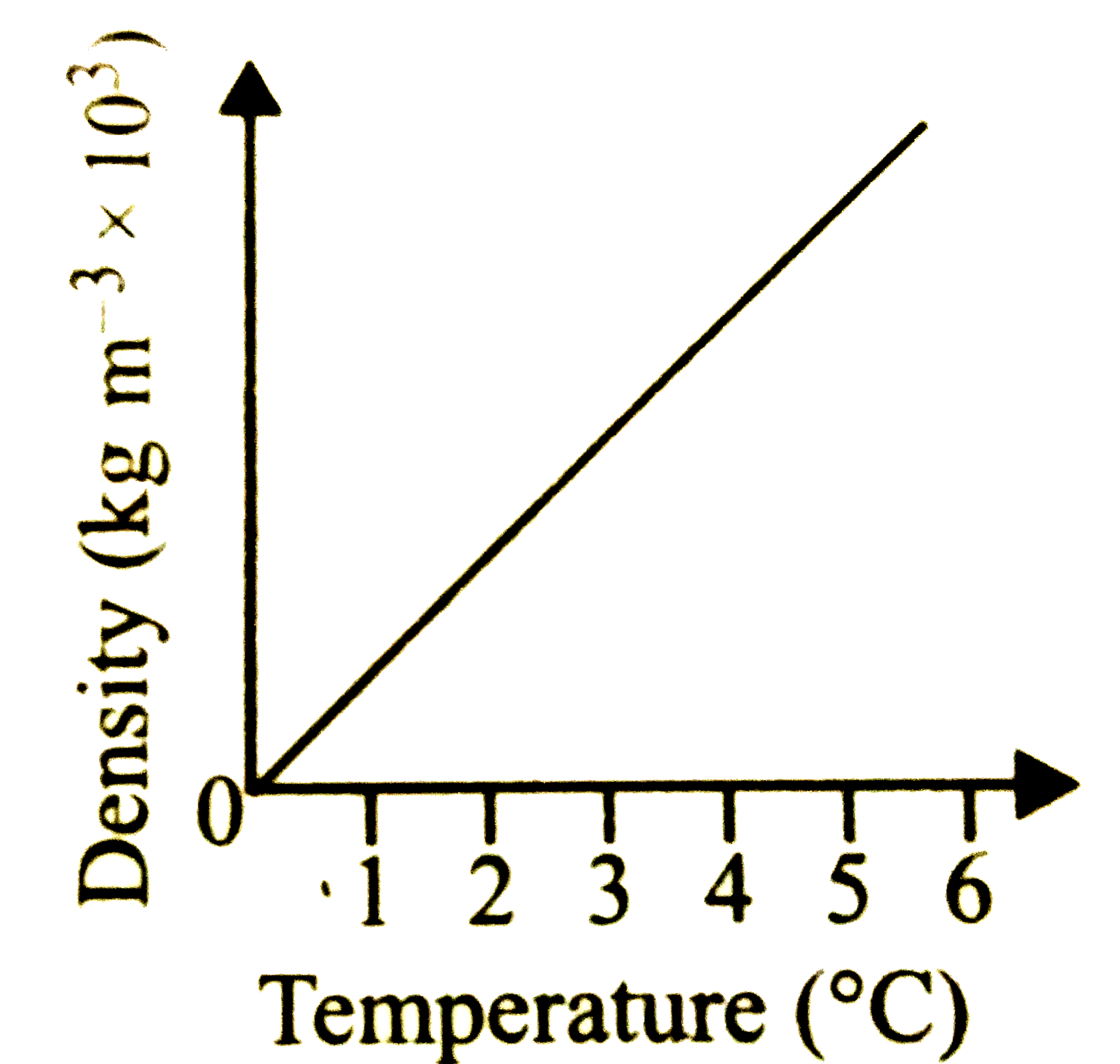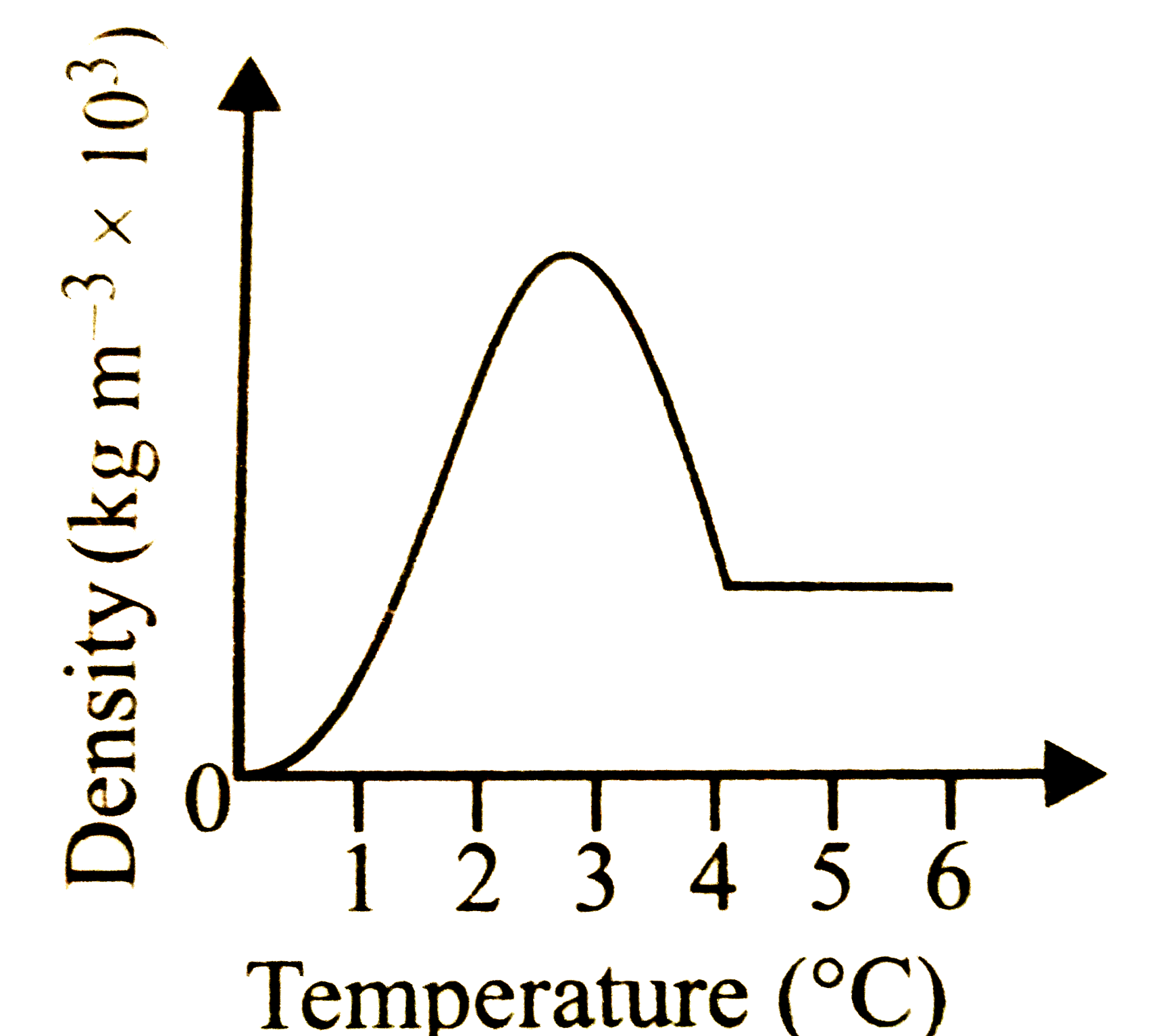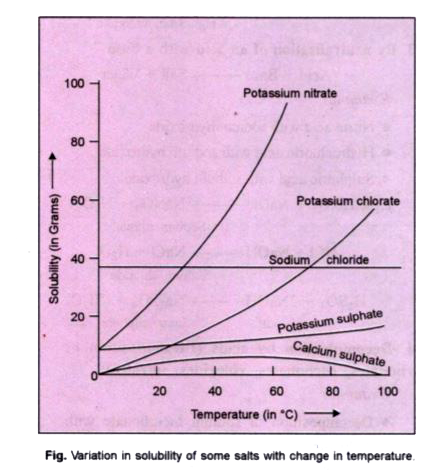A solid which is not transperent to visible light and whose conductivily increase with temperature is formed by
Ionic binding
covalent binding
Van der Wall's binding
metallic binding
The correct Answer is:B
To solve the question, we need to analyze the properties of the solid described:
1. Understanding the Properties of the Solid:
- The solid is not transparent to visible light. This means that it absorbs or reflects visible light rather than allowing it to pass through.
- The solid's conductivity increases with temperature. This is a key property that can help us identify the type of bonding present in the solid.
2. Analyzing the Types of Bonding:
- Ionic Bonding: Typically found in compounds that are crystalline and can be transparent. However, ionic solids usually do not have increasing conductivity with temperature.
- Covalent Bonding: Covalent solids can be non-transparent (like many semiconductors) and can exhibit increased conductivity with temperature due to the excitation of electrons.
- Van der Waals Bonding: Generally associated with softer materials that can be transparent and do not typically show a significant increase in conductivity with temperature.
- Metallic Bonding: Metals are usually good conductors and can be opaque, but their conductivity does not necessarily increase with temperature in the same way as semiconductors.
3. Conclusion:
- Given that the solid is not transparent and its conductivity increases with temperature, the most fitting type of bonding is covalent bonding. This is characteristic of many semiconductors, which can be opaque and have their conductivity increase as temperature rises.
4. Final Answer:
- The solid described is formed by covalent bonding.
- The solid is not transparent to visible light. This means that it absorbs or reflects visible light rather than allowing it to pass through.
- The solid's conductivity increases with temperature. This is a key property that can help us identify the type of bonding present in the solid.
- Ionic Bonding: Typically found in compounds that are crystalline and can be transparent. However, ionic solids usually do not have increasing conductivity with temperature.
- Covalent Bonding: Covalent solids can be non-transparent (like many semiconductors) and can exhibit increased conductivity with temperature due to the excitation of electrons.
- Van der Waals Bonding: Generally associated with softer materials that can be transparent and do not typically show a significant increase in conductivity with temperature.
- Metallic Bonding: Metals are usually good conductors and can be opaque, but their conductivity does not necessarily increase with temperature in the same way as semiconductors.
- Given that the solid is not transparent and its conductivity increases with temperature, the most fitting type of bonding is covalent bonding. This is characteristic of many semiconductors, which can be opaque and have their conductivity increase as temperature rises.
- The solid described is formed by covalent bonding.
Topper's Solved these Questions
- SEMICONDUCTORSBOOK - ALLENCHAPTER - SEMICONDUCTORSEXERCISE - Part-3(Exercise-3)
27 Videos
- PHYSICAL WORLD, UNITS AND DIMENSIONS & ERRORS IN MEASUREMENT BOOK - ALLENCHAPTER - PHYSICAL WORLD, UNITS AND DIMENSIONS & ERRORS IN MEASUREMENT EXERCISE - EXERCISE-IV
8 Videos
- WAVES AND OSCILLATIONSBOOK - ALLENCHAPTER - WAVES AND OSCILLATIONSEXERCISE - Part-1(Exercise-05)[B]
42 Videos
Similar Questions
Knowledge Check
Which of the following graph shows the variationi of density of water increase in temperature ?
A B
B C
C D
D
Solids can change into liquids on increasing the temperature.
View SolutionWhich of the following substances will lose its whose solubility with increase in temperature?
View SolutionWhich one of the following sets of phenomena would increases on raising the temperature ?
View SolutionName a substance whose resistance decreases with the increase in temperature.
View SolutionWhich increases in the absence of light?
View SolutionWhich centre is stimulated during increase in body temperature ?
View SolutionOn the basis of graph shown answer the following questions :

A salt whose solubility increases with increase in temperature.
....................
View Solution
